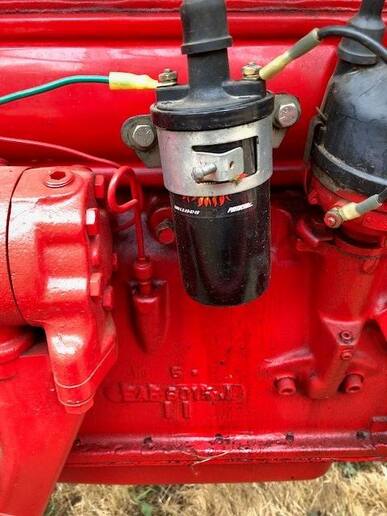Bern
Well-known Member
- Location
- Mount Vernon, WA
One of the most frustrating things for me on my 6000 restoration project was sealing up the tappet/pushrod cover on the RH side of the block. I tried numerous sealants on the cork gasket without success. I ended up putting it together without a gasket using only a thick bead of silicone - that was not without its difficulties as well. I finally had to smear some silicone in the grooves to seal off that last little bubbling area, at least if I wanted zero leaks.
I was at a tractor show yesterday and checked out the row of Fords. Most of them were from the 9N to 800 vintage. I noticed that most of the NAA/600/800 engines had a gasket leak of some sort similar to mine on the 6000. It made me feel a little better knowing I wasn't the only one who struggled with that problem.
So my question is this: Is this something you struggled with, and if so, what did it take for you to conquer it?

I was at a tractor show yesterday and checked out the row of Fords. Most of them were from the 9N to 800 vintage. I noticed that most of the NAA/600/800 engines had a gasket leak of some sort similar to mine on the 6000. It made me feel a little better knowing I wasn't the only one who struggled with that problem.
So my question is this: Is this something you struggled with, and if so, what did it take for you to conquer it?



